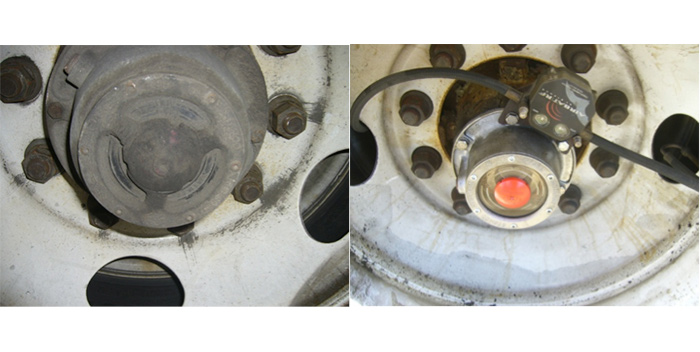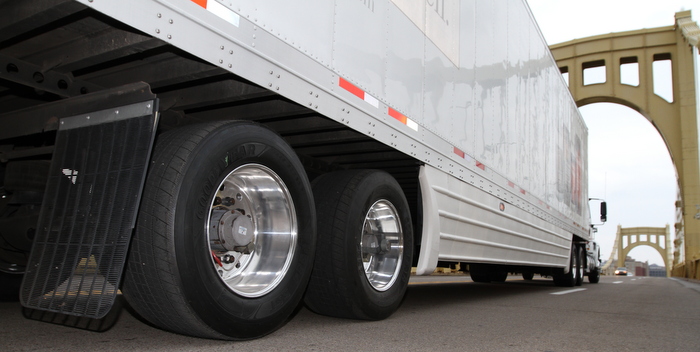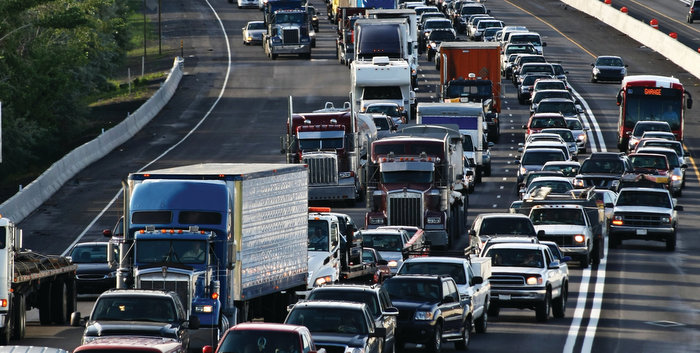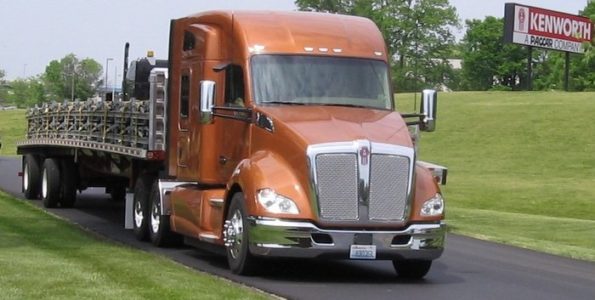As this year draws to an end, let’s talk about the future. For our industry the future is tied to the cost of fuel. Recently, however, two major manufacturers, Daimler AG and Michelin Americas Truck Tire, announced a more proactive course addressing fuel prices and technologies to ensure a “green” future.
In November, Daimler AG held a summit in Stuttgart, Germany to discuss its truck and bus product line of alternatively fueled vehicles including hybrids. It presented 16 trucks and buses featuring alternative drive systems and fuels. The vehicles from Freightliner, Mitsubishi Fuso, Mercedes-Benz, Orion and Thomas Built Buses were exhibited. Hybrid technology plays a key role in these vehicles, as it can reduce diesel consumption by up to 30 percent, depending on the application.
Daimler has delivered 1,500 Orion hybrid buses, more than 100 Freightliner trucks, and 200 buses and trucks from Fuso. Added to this are 1,500 Mercedes-Benz trucks and buses that run on natural gas.
Daimler plans to employ alternative drive systems in additional vehicle models and regions, focusing primarily on hybrids. In North America, Freightliner will manufacture 1,500 M2 hybrid trucks over the next three years and also produce a hybrid version of a Thomas Built school bus. Customers in the UK will be conducting a pilot project with ten Mitsubishi Fuso hybrids.
According to the commercial vehicle experts at Daimler, the most promising fuels from renewable resources are vegetable oil-derived hydrated fuels (HVOs). Later, they will be joined by BTL (biomass to liquid) fuels. In cooperation with the oil company OMV and the vehicle fleets of two of its customers (DHL and SSB-Stuttgart), Daimler has now commenced fleet testing of HVO fuel in Mercedes-Benz trucks and buses.
With fuel economy and a “greener” planet in mind, Michelin recently addressed the importance of renewed awareness. According to Jim Micali, chairman and president of Michelin North America Inc., pointed out that in North America, Michelin the X One wide single tire that converts 18-wheelers to 10-wheelers by replacing two dual tires with one wide single saves 4 percent in fuel economy and reduces the weight of a tractor-trailer by up to 720 lbs. He says a single truck with Michelin X One tires can save up to 80 gallons of fuel each month, which at today’s prices equates to more than $200 per month in fuel. When you consider that the largest fleet in the United States has more than 10,000 tractor-trailers, the fuel savings for that fleet alone would be $24 million per year.
Today, there are more than half a million X One tires on the roads in the U.S.; and, collectively these revolutionary tires have already saved 15 million gallons of fuel and have re-duced CO2 emissions by more than 165 thousand tons. As more than one thousand vehicles convert to X One tires each month, these savings continue to grow. Micali said, “…the tires you choose make an environmental difference. They impact how your vehicle performs, how much you spend on fuel, and the amount of CO2 and other greenhouse gases that your vehicle emits.”
Cutting fuel costs in the future will be totally dependent on new technology –– and on your choices.









